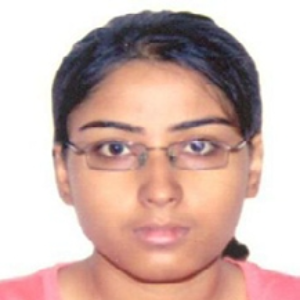Title : Improvement of phosphorus utilization and growth in maize (Zea mays) seedlings by synergistic biofertilizer application on eastern Indian Oxisol
Abstract:
Prevalence of aluminium and ferric cations limits the mobilization of phosphorus (P) in the acidic Oxisol of eastern India. Maize (Zea mays) is cultivable in this region due to its symbiotic association with arbuscular mycorrhizal (AM) fungi, which facilitate P uptake by increased root surface area and specialized biochemical mechanisms. Maize seedlings were assessed for P utilization and growth on potted soil in Kharagpur, eastern India, when supplemented with inorganic P (at 100 mg per kg soil) and biofertilizers in a greenhouse environment. Biofertlizers were prepared from native strains of AM fungi and phosphorus soluble microorganisms (PSM) isolated from locally grown maize roots and associated rhizospheric soil respectively. The PSM were screened for P mobilization from inorganic culture medium as well as aqueous soil suspensions. Applications of various combinations of P, AM and PSM revealed that the biofertilizers behaved differently in fertilized and unfertilized soil, and during early and later phases of seedling growth. The plant-AM symbiosis was significantly more beneficial in terms of shoot growth and P utilization at 40 days after sowing (DAS) than at 20 DAS, and in unfertilized over fertilized soil. Benefits incurred by rhizospheric PSM activity generally followed the opposite trends, while interactions between jointly applied AM and PSM produced no benefits at all in unfertilized soil and temporally variable benefits in fertilized soil. We concluded that PSM colonies cannot assimilate mobilized phosphates as rapidly they solubilize it, and so consequently provide an antagonistic pressure on VAM activity in P-depleted soil. Nonetheless, fertilization with inorganic P was significantly more effective on seedling growth and health when supplemented with joint AM and PSM inoculation.


